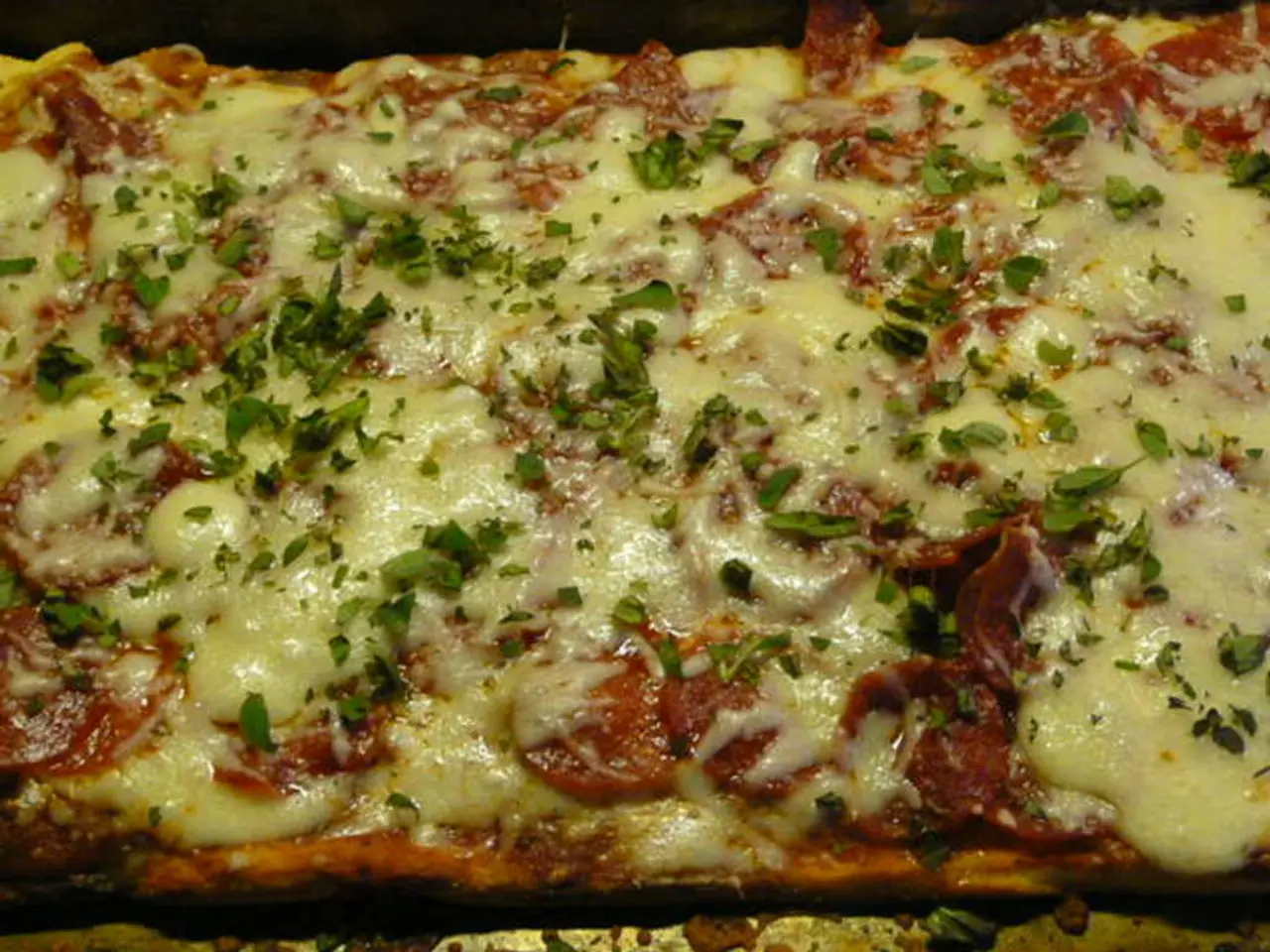Moldy Food: Peril or Pleasure? Exploring the Ambiguity
Distinguishing Safe vs. Harmful Food Molds
Understanding the difference between safe and harmful food molds is essential for maintaining food safety.
- Safe molds are intentionally used in food production, such as certain cheeses like blue cheese and Brie. These molds appear as specific colours (blue, white, or grey) and grow in a controlled manner.
- Harmful molds, on the other hand, often appear as fuzzy, irregular, or slimy patches and can be black, green, or other colours. They produce mycotoxins, toxic compounds that can be harmful even if you don't see mold everywhere on the food. Soft fruits like berries or peaches with visible mold should be discarded entirely because mold can penetrate below the surface.
For firm foods like cabbage or bell peppers, if you notice small mold spots, you may cut off at least 1 inch around and below the mold and use the rest; however, with soft, high-moisture produce, throwing it out is safest.
If only one berry in a pint is moldy, removing it and any neighbours can prevent spoilage, but multiple moldy items warrant discarding to avoid health risks.
How to Prevent Mold Growth on Food
- Store perishable foods in the refrigerator to slow mold growth, especially soft fruits and vegetables.
- Keep food dry and properly sealed; mold thrives in humid, warm, and damp environments.
- Inspect food regularly and remove any items showing mold promptly.
- Avoid buying or consuming fruits and vegetables that are soft, damaged, or show signs of mold at purchase.
- Clean refrigerators and storage areas often to remove mold spores and prevent contamination.
- Use food within recommended times; mold grows over time especially when food ages or storage conditions are poor.
Because mold produces mycotoxins that can be toxic even when mold is no longer visible or after heating, it’s better to err on the side of caution. If you have mold allergies or a weakened immune system, avoid exposure entirely.
In case of visible mold in non-food areas or possible health concerns, professional inspection and possibly mycotoxin testing may be needed to assess risk from toxic molds like black mold (Stachybotrys chartarum).
Summary Table:
| Food Type | Mold Handling Recommendation | |-------------------------|-----------------------------------------------| | Soft, high-moisture produce (berries, peaches) | Discard entire item if mold detected | | Firm, low-moisture produce (cabbage, bell pepper) | Cut off at least 1 inch around mold and use rest | | Cheese made with mold (blue cheese) | Safe to consume | | Multiple moldy items in container | Discard entire container | | Single moldy berry in container | Remove berry and nearby ones, consume rest if no further mold |
Following these guidelines helps reduce the risk of ingesting harmful molds and mycotoxins while minimizing food waste where safe. If you suspect toxic mold exposure or mold-related illness, medical advice and possibly mycotoxin testing can provide clearer answers.
- To maintain a healthy lifestyle, it's important to understand the difference between safe and harmful molds in food and non-food areas, as exposure to toxic molds can have adverse effects on mental health and overall wellness.
- For optimal food safety, adhere to practices such as regular refrigerator cleaning, safe food storage, and prompt removal of moldy items from your pantry or refrigerator. This not only helps in maintaining health-and-wellness but also ensures quality in your cooking, an essential part of the lifestyle and food-and-drink industry.
- Incorporating fitness-and-exercise, mental-health awareness, and health-and-wellness techniques such as stress management, mindfulness, and proper nutrition into your daily routine can contribute to an overall balanced lifestyle. A balanced lifestyle, in turn, supports a strong immune system, making the body more resilient against harmful substances, including toxic molds.




